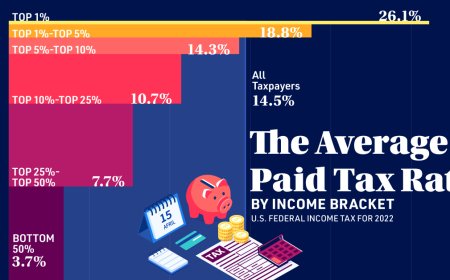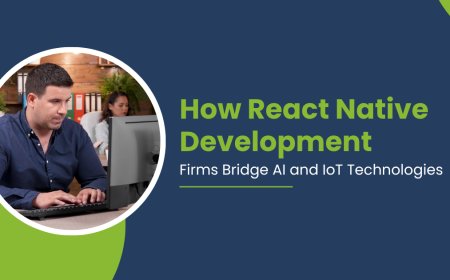Hellstar and Eric Emanuel have established themselves as leaders by integrating advanced analytics
Hellstar and Eric Emanuel have established themselves as leaders by integrating advanced analytics

The Rise of Data-Driven Fashion
In todays hypercompetitive fashion landscape, brands are no longer relying on mere intuition and aesthetic trends. Instead, visionary labels like Hellstar Hoodie and Eric Emanuel are leveraging advanced analytics to drive decision-making, sharpen their edge, and dominate the streetwear and luxury athleisure market. This strategic pivot toward data-backed creativity has not only optimized product releases and marketing strategies but also cemented these brands as leaders in an evolving digital-first retail world.
Data as the New Fabric of Fashion
Traditional fashion brands often relied on seasonal cycles and instinctual designs. However, Hellstar and Eric Emanuel recognize that data is the new fabricit weaves together consumer behavior, real-time feedback, inventory flow, and market trends to deliver measurable performance.
These brands use tools such as:
-
Predictive modeling
-
Machine learning algorithms
-
Customer segmentation
-
Inventory optimization systems
By embedding these tools into their business intelligence pipelines, they dont just react to the marketthey anticipate it.
Enhanced Consumer Insights and Personalization
Eric Emanuel's success with limited-edition shorts and collabs didnt happen by chance. His team analyzes search behavior, social media mentions, and past purchasing trends to understand what styles, colors, and drops will create buzz.
Meanwhile, Hellstar relies on heat mapping, A/B testing, and CRM data to deliver hyper-targeted campaigns. Every ad impression, click-through rate, and customer feedback loop feeds into a larger data feedback ecosystem, ensuring consumers get exactly what resonates with them.
How Hellstar and Eric Emanuel Utilize Analytics in Key Operations
Product Development and Design Optimization
Turning Data into Design
Before launching a new product, Hellstar dives deep into:
-
Performance analytics of previous launches
-
Social listening trends on platforms like TikTok and Instagram
-
Geo-based demand forecasts
This allows them to create designs that are aesthetic-forward but demand-informed.
Likewise, Eric Emanuel uses sell-through rates, product return reasons, and influencer feedback to refine his shorts' silhouettes, materials, and fit. Data isnt just a back-end toolits a creative collaborator.
Inventory Management with Precision
Fashion brands frequently struggle with overproduction or stockouts, both of which damage profitability and customer satisfaction. Hellstar has implemented real-time demand forecasting, ensuring that inventory aligns with actual consumer interest, not just projections.
Eric Emanuel, on the other hand, uses SKU-level sales velocity tracking to make just-in-time manufacturing decisions. This reduces waste, boosts sustainability, and builds exclusivity.
Marketing Intelligence and Customer Engagement
Smarter Drops, Not Louder Campaigns
Eric Emanuels signature drop strategy thrives on FOMO, urgency, and relevanceall powered by analytics. By tracking optimal send times, click-through rates, and conversion metrics, every email and social post is purpose-built for impact and ROI.
Hellstar employs lookalike audience targeting, sentiment analysis, and AI-generated ad creatives. This ensures that marketing dollars are spent only where engagement is high and conversion is likely.
Collaborations That Are Data-Backed, Not Random
Strategic Partnerships with Cultural Insight
Both Hellstar and Eric Emanuel have launched collaborations with artists, athletes, and influencers, but what sets them apart is how analytics shape these partnerships. Instead of chasing hype, they evaluate:
-
Engagement rates of potential partners
-
Cross-audience relevance
-
Predicted ROI based on previous collab success metrics
This results in collabs that feel authentic, generate buzz, and convert at industry-leading rates.
Beyond One-Time Sales
Repeat customers are the backbone of profitability. Both brands use predictive churn analysis, recency-frequency-monetary (RFM) segmentation, and behavioral scoring models to understand when, how, and why customers returnor dont.
This informs:
-
Email nurture flows
-
Loyalty program tiers
-
VIP early access strategies
By treating each customer like a unique data point, Hellstar and Eric Emanuel increase Customer Lifetime Value (CLV) dramatically.
Every Pixel Informed by Data
Both brands know that user experience is conversion-critical. They constantly test:
-
Navigation structure
-
Checkout flows
-
Homepage banner placements
-
Mobile vs desktop user paths
Heat maps, scroll-depth analysis, and funnel tracking tools drive continuous improvement, ensuring their websites are not just stylishbut frictionless and efficient.
Quantifiable Wins
Thanks to analytics, both Hellstar and Eric Emanuel enjoy:
-
Higher sell-through rates
-
Faster inventory turnover
-
Lower return rates
-
Increased ROI on ad spend
-
Faster go-to-market timelines
-
Greater brand equity and cultural relevance
These arent vague benefitstheyre data-backed, bottom-line improvements that prove the power of integrated analytics in modern fashion.
Leading While Others Catch Up
Many brands are only beginning to understand the power of data science in fashion. In contrast, Hellstar and Eric Emanuel are already building proprietary tools, hiring data scientists, and embedding AI into their workflows. Theyre not just using analyticstheyre mastering it, shaping the future of fashion one insight at a time.
Conclusion: Fashion's Future Is Data-Driven
By fully integrating advanced analytics, Hellstar and Eric Emanuel have redefined what it means to lead in todays digital fashion economy. Theyve turned data into a competitive weapon, guiding every decision from design to delivery.
This isnt just innovationits domination through intelligence. As more fashion brands wake up to the necessity of data, theyll find that Hellstar and Eric Emanuel are already five steps ahead, setting the benchmarks others struggle to meet.




































